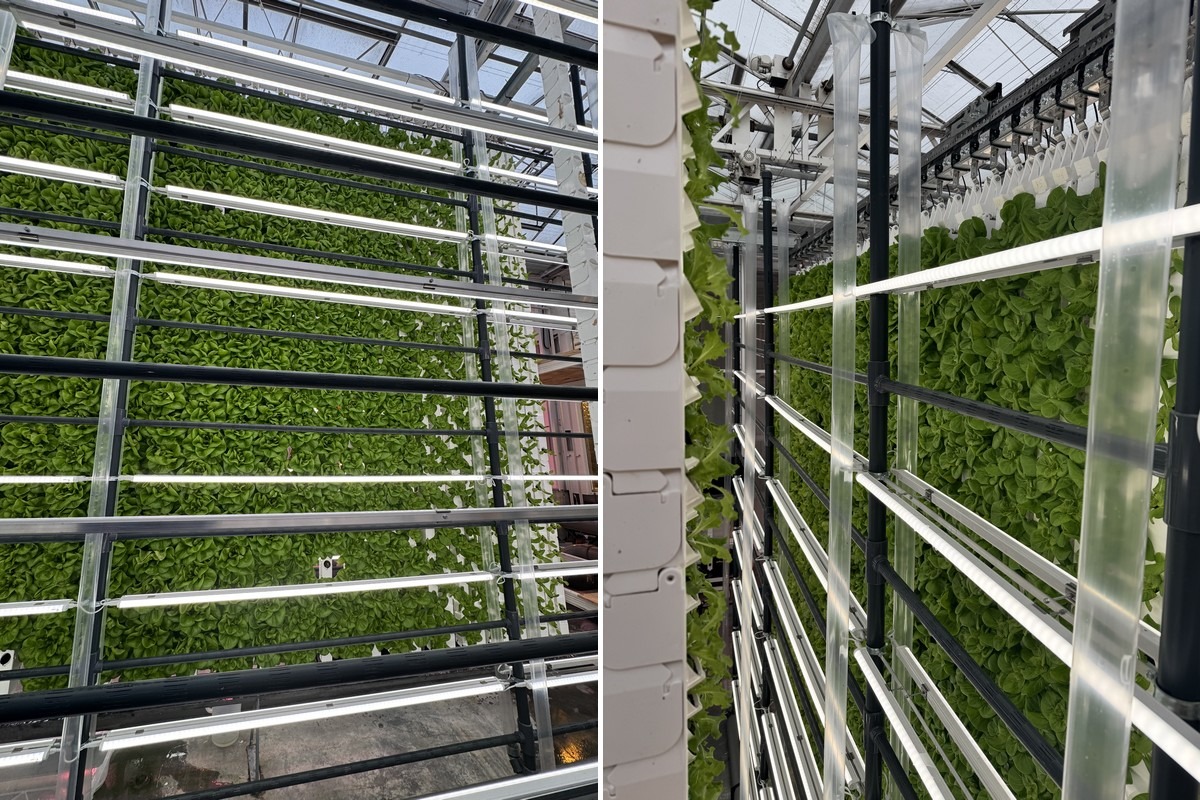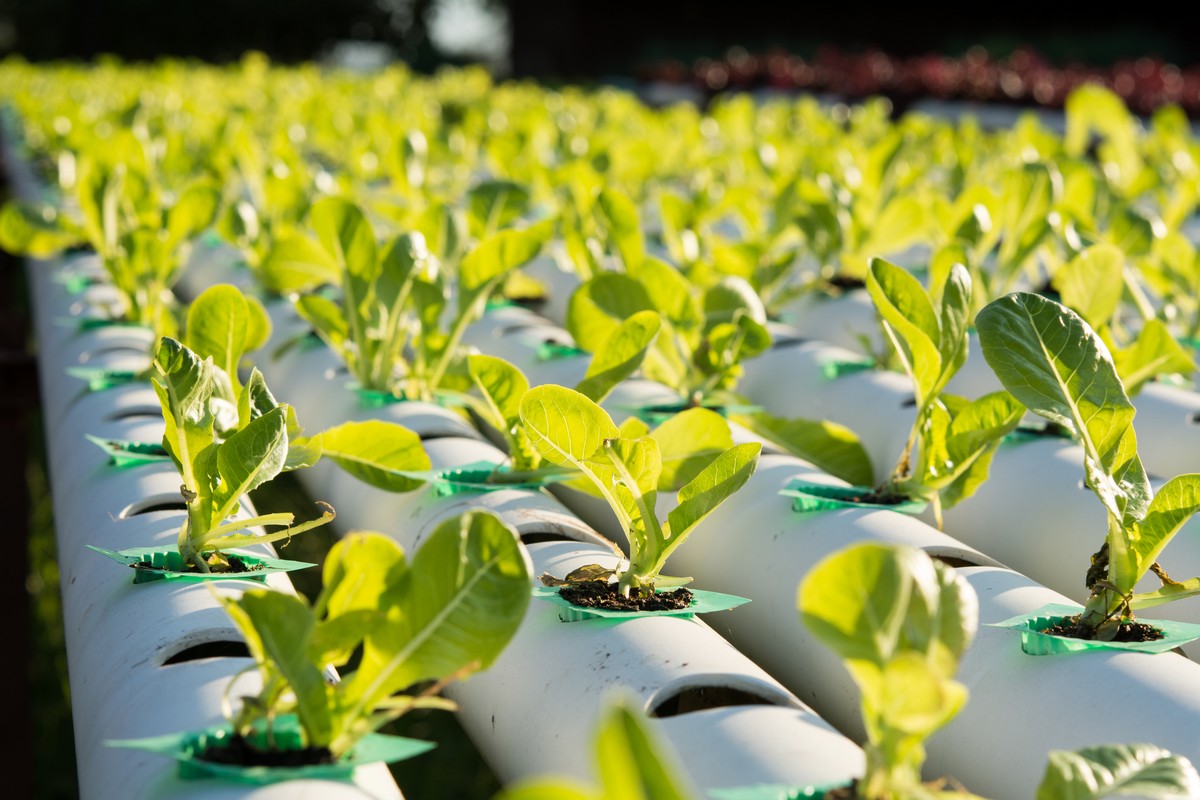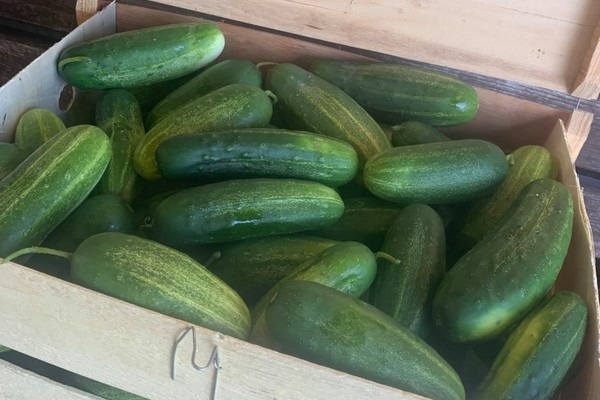How I’m planting bare root trees in the high desert (gopher protected).
Here are some pics of planting a netleaf hackberry and a western soapberry.
Yes, this involves plastic, but I believe it is a reasonable compromise for growing a healthy tree.
I plant bare root trees from localy collected seed. I grow some, and I buy some from flora fauna farm (florafauna.farm).
Pocket gopher protection:
Pocket gophers are relentless in the sandy alluvial soil. A few years ago I lost 20 1st year seedling pines in 1 winter to gophers. I now only plant out larger trees and cage the root ball.
The roots are caged with 1/2″ hardware mesh on sides and 1″ chicken wire.
Deep watering pipe:
An 18″ pipe is drilled every 2 inches. The holes face the tree’s root ball. For establishment, I ball up some plastic bag and stuff it to the bottom to slow / stop the water going out the bottom. This plug is removed as the tree establishes.
Establishment wick:
A nylon wick is placed in the center and sunken into the soil a couple inches beneath the cage. The wick will be continuously wet and the roots / taproot will follow it down. This site also has excessive drainage, so the wick also makes deeper water available to shallow roots when the surface dries out. The top end of the wick is placed in a container of water during establishment. The wick is left in place after establishment, but the reservoir of water on top is no longer needed.
Soil added:
Fill with soil and tamp a bit to the level of the bottom of the root ball. The rest of the soil is added around the roots, and topped with compost and mulch.
Irrigation & reservoirs:
A bottle or container of water feeds the wick (a used plastic jar is shown). 4gpm emmiters are added (one feeds the deep pipe). The other emitters water on the surface and fill the depression around the tree (most things here are planted in round, 4″ deep zai pits (same idea as half moon zai pits).
Trees planted away from irrigation get a wick, a larger zai pit to collect rainwater, and a bigger reservoir.
Tree is then caged above ground. This is primarily rabbit and jackrabbit protection. Since they have plenty of other forage nearby, they don’t bother trying to tunnel under.
submitted by /u/sheepslinky
[link] [comments]




